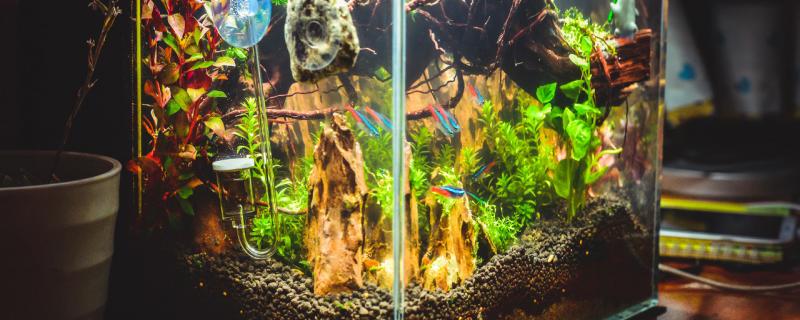 1. Can the chlorine removal agent and nitrifying bacteria be put together
1. Can the chlorine removal agent and nitrifying bacteria be put together The chlorine removal agent and nitrifying bacteria cannot be put together. Chlorine remover usually does not cause the collapse of nitrification system, but it may affect the growth and reproduction of nitrifying bacteria. Nitrifying bacteria can only be poured on the second day after using chlorine remover. Nitrifying bacteria are essential beneficial bacteria in fish tanks, which are mainly responsible for converting ammonia nitrogen produced after organic matter decomposition into nitrate, so as to avoid fish being affected and poisoned.
2. What are the methods for removing chlorine from fish tanks1. Drying: Drying is the most commonly used method for removing chlorine, just put water in a sunny place and dry it for a few days. Usually, the drying time is different in different seasons. It only takes 24 hours in summer, 48 hours in spring and autumn, and 72 hours in winter.
2. Aeration: The advantage of chlorine removal by aeration is that the efficiency is relatively high, which usually takes a few hours, and the operation method is also very simple, only the outlet pipe of the oxygen pump needs to be passed into the water. This method is very good for daily water change, which can not only remove chlorine, but also improve dissolved oxygen in water body.
3. Medication: The method of drug chlorine removal is common in aquarium shops. Because of the large water demand, it is difficult to meet it by drying and aeration, so some chlorine removal agents are directly used. If raised by individuals, it is difficult to control the dosage of chlorine remover, which may cause phytotoxicity to fish.